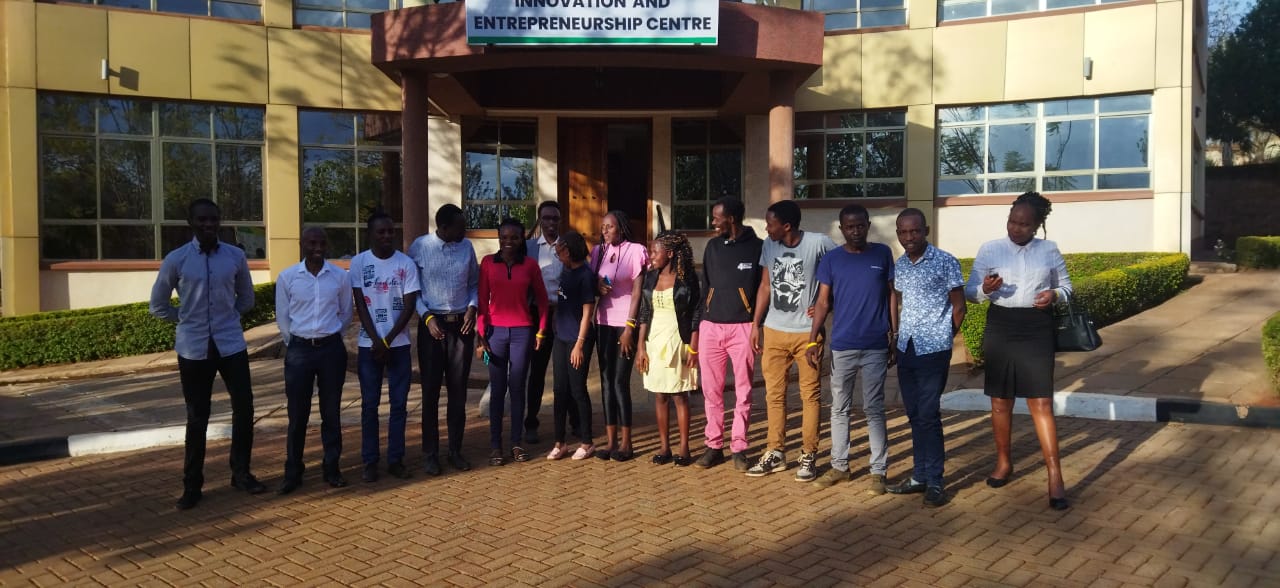Team Code 47

Project Introduction
Meru University’s project used virtual reality technology to improve communication and clarity in the construction industry. They created a virtual platform for customers and experts to explore and provide feedback on building designs before construction, which reduced costs and time.
Project details
The project by Meru University aimed to provide a solution to a common problem in the construction industry – the lack of clarity and communication between stakeholders during the construction process. With the use of virtual reality technology, customers and experts were able to see and explore a building before it was even constructed, providing a more accurate and detailed representation of the final product.
The virtual technology platform allowed real estate companies to create virtual models of their buildings and share them with customers and experts, who could then explore and provide feedback on the design and layout of the building. The platform could be used to make changes to the design, layout, and overall look of the building before construction, saving time and money in the long run.
Target Market
- Real estate agents, architects, and engineers can collaborate on infrastructure design projects using the virtual reality platform.
- Customers looking for high-quality infrastructure designs can find qualified professionals through the platform, including those in the real estate industry.
- Businesses related to infrastructure design, such as construction companies and building material suppliers, can benefit from advertising on the platform.
- Individuals interested in infrastructure design can learn more and advance their careers through the platform’s training and certification programs.
Business model
The project had the potential to generate revenue for real estate companies through partnerships with architectural firms and construction companies. The use of virtual reality technology could provide a unique selling point for these businesses, as it offered a more immersive and engaging experience for their clients.
Overall, the project aimed to provide a solution to a common problem in the construction industry by using virtual reality technology to create a more accurate and detailed representation of the final product. The project had the potential to provide value to a wide range of businesses and industries, making it a promising solution for the future.
